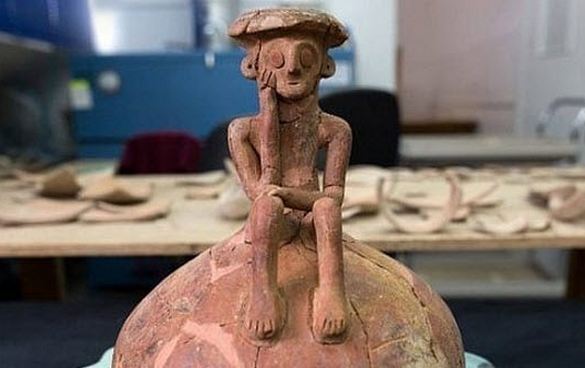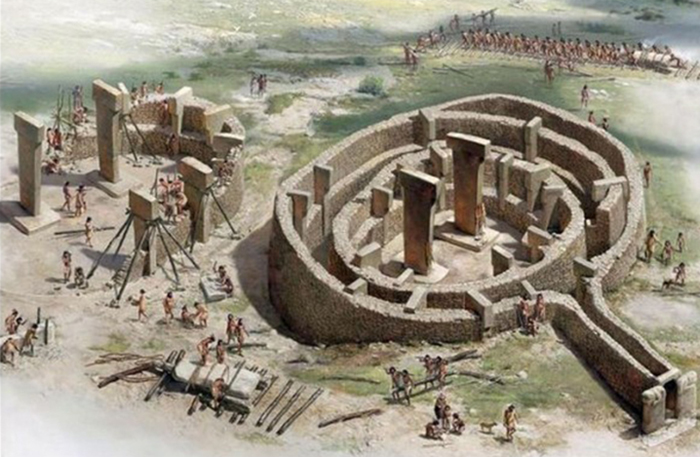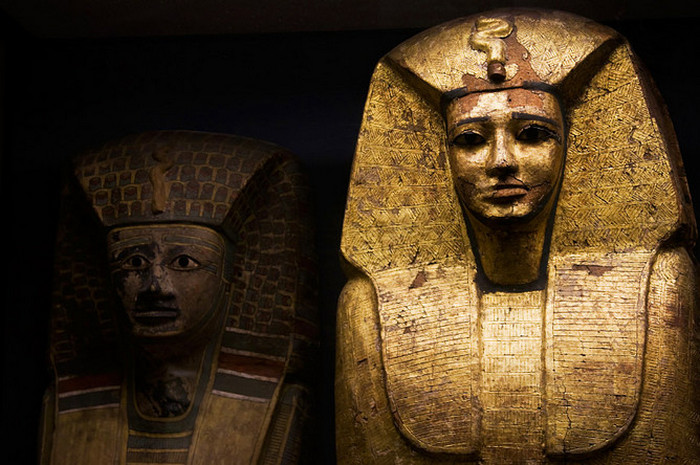Archaeologists believe
Plumbing, civil rights and technology: What the world lost when the Greeks conquered Troy, and the arias – the Dravidians
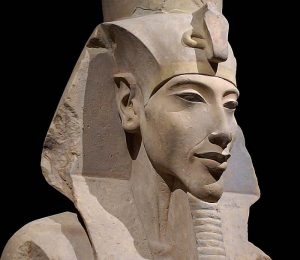 The legends of dark times in Europe and Asia are full of enthusiasm for the lost civilizations, developed so high that the listeners of these legends could hardly believe. Much later, with scientific progress, Europeans began to relate to these traditions with increasing skepticism: it is clear that the world is developing from simple technologies to complex ones, where can complex technologies come from simple ones? With the development of archeology, mankind again had to believe in lost civilizations. At least, in comparison with the narrators of the legends, they were very realistic. No Atlantis and aliens – the creations of the human mind and hands.
The legends of dark times in Europe and Asia are full of enthusiasm for the lost civilizations, developed so high that the listeners of these legends could hardly believe. Much later, with scientific progress, Europeans began to relate to these traditions with increasing skepticism: it is clear that the world is developing from simple technologies to complex ones, where can complex technologies come from simple ones? With the development of archeology, mankind again had to believe in lost civilizations. At least, in comparison with the narrators of the legends, they were very realistic. No Atlantis and aliens – the creations of the human mind and hands.
During the end of the Bronze Age, something happened that could be called the Apocalypse – at least for several developed cultures at once. Natural disasters and economic crises began to shake them, and the final blow struck the raids of much less developed nations. For a long four centuries, barbarism reigned in the lands where before that people used baths, studied science, composed poems and traded with cities on the other side of the seas. Continue reading
In Israel, found a ring with a seal that belonged to Pontius Pilate
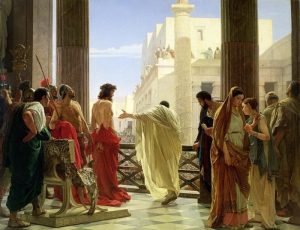 An unexpected statement was made by Israeli experts after a detailed study of archaeological finds discovered during the excavations of Herodion, a fortress built by King Herod. According to scientists, the ancient bronze ring, found by archaeologists in the middle of the last century, once belonged to … Pontius Pilate.
An unexpected statement was made by Israeli experts after a detailed study of archaeological finds discovered during the excavations of Herodion, a fortress built by King Herod. According to scientists, the ancient bronze ring, found by archaeologists in the middle of the last century, once belonged to … Pontius Pilate.
Mystery lettering
An unremarkable-looking ring archaeologists discovered 50 years ago during the excavations of the Herodion fortress in the desert near Bethlehem, conducted under the guidance of Professor Gideon Forster. This thing was only one of the thousands of the most diverse finds found at that time during the excavations of the grandiose structure erected by Herod and later became the place of his burial. The ring was found in a room filled with shards of glass, shards of ceramics, arrowheads, coins and other small objects. Continue reading
How did dog collars change from ancient Egypt to the present day: Thorns, castles and diamonds
 Dogs have been accompanying humans for thousands of years as loyal helpers, protectors, and companions. Today it is no longer known who first thought of putting a dog collar on the dog and under what circumstances this significant event happened. But we know something about how the collars looked in antiquity and how long the dogs began to wear them. Thanks to the extravagant dog collars of past epochs that have survived to the present day, we can judge the history of the use of these intelligent and faithful animals by our ancestors.
Dogs have been accompanying humans for thousands of years as loyal helpers, protectors, and companions. Today it is no longer known who first thought of putting a dog collar on the dog and under what circumstances this significant event happened. But we know something about how the collars looked in antiquity and how long the dogs began to wear them. Thanks to the extravagant dog collars of past epochs that have survived to the present day, we can judge the history of the use of these intelligent and faithful animals by our ancestors.
Egyptian artwork
As you know, the ancient Egyptians loved their cats very much. However, they loved dogs no less. They were also worshiped, honored as hunters and defenders, and the dog always had the privileged position of his master’s companion in the hunt. Continue reading
